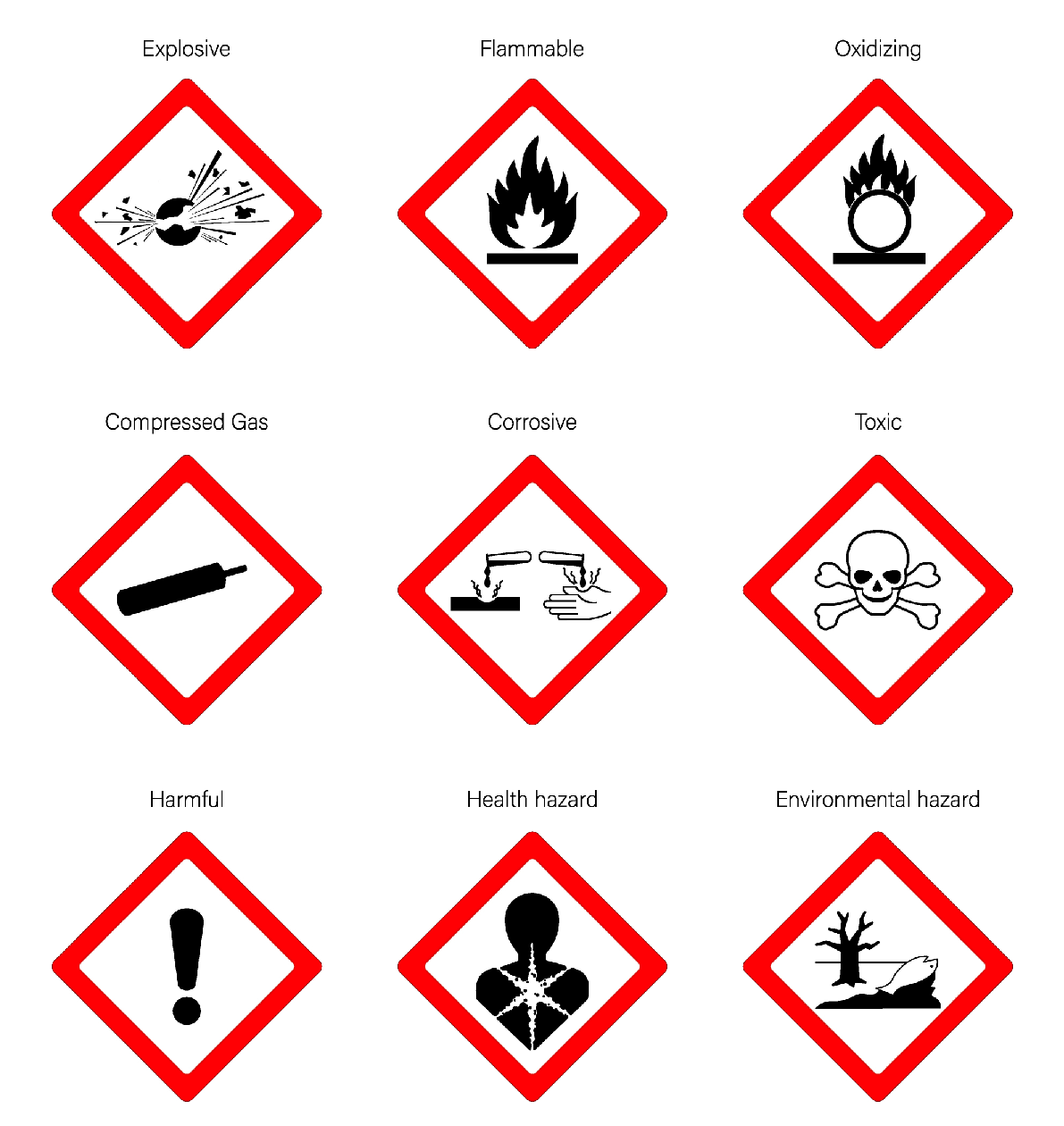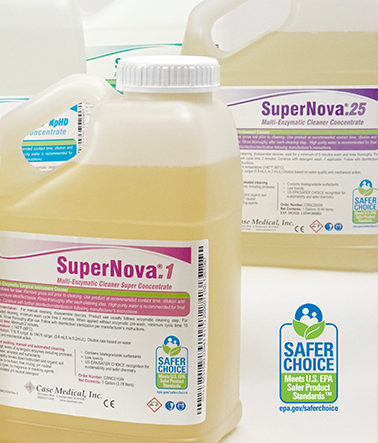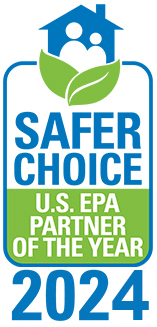Liability
Employee exposure to hazardous chemicals, such as pesticides, disinfectants, cleaners, and hazardous drugs, in the workplace creates a liability for the industry, including healthcare, with some healthcare organizations paying up to $10.5 billion.
Chemical exposure lawsuits seek compensation for medical bills, lost income, and other damages resulting from exposure to toxic chemicals. Healthcare workers risk occupational exposure to chemical, biological, or radiological materials when hospitals receive patients contaminated with transmissible diseases. This pales in comparison to chemical exposure from sterilants, disinfectants, and the chemical agents used for cleaning and disinfecting their environment.


Exposure Risks
A chemical with a “health hazard” is classified as posing one of the following hazardous effects: acute toxicity; skin corrosion or irritation; serious eye damage or eye irritation; respiratory or skin sensitization; germ cell mutagenicity; carcinogenicity; reproductive toxicity; specific target organ toxicity; or aspiration hazard. Simply put, exposure can cause a range of health problems, including skin irritation, respiratory issues, neurological effects, and long-term health problems like liver or kidney damage.
Hospitals utilize numerous hazardous chemicals for patient care and facility maintenance, posing potential risks to healthcare workers and the environment. These chemicals range from cleaning and disinfecting agents to anesthetic gases and pharmaceuticals. Hospitals also deal with other hazardous materials like solvents, antimicrobial agents, and flame retardants. Proper handling, storage, and disposal are crucial to minimizing exposure and preventing adverse health effects. Various regulatory bodies, like OSHA and the CDC, have established guidelines and standards for the safe handling of hazardous chemicals in healthcare settings. These guidelines address areas like chemical labeling, storage, disposal, and personal protective equipment.
Compliance
One purpose of OSHA's Hazard Communication Standard (HCS) is to provide information to employees on the hazards of the chemicals they use at work. Employers are required to ensure that employees are aware of the hazards associated with the chemicals to which they are exposed in the workplace and of the precautions to properly protect themselves.
To comply with OSHA's Hazard Communication Standard (29 CFR 1910.1200), employers must develop, implement, and maintain a written hazard communication program [29 CFR 1910.1200(e)]. This program must include a hazardous chemical inventory list [29 CFR 1910.1200(a)(2)] and ensure that all containers of hazardous chemicals are properly labeled, tagged, or marked [29 CFR 1910.1200(f)].

Prevention
To address chemical exposure, hospitals can implement various measures such as ensuring proper ventilation, using containment systems for hazardous chemicals, providing protective equipment, offering training, and substituting safer alternatives. Case Medical validates our chemistries with third-party organizations and collaborates with the EPA’s Safer Choice Program for performance testing and ingredient reviews. The Safer Choice Program draws on more than 50 years of EPA expertise to help ensure ingredients are fully and accurately characterized based on the best available information. Products with the Safer Choice label undergo rigorous annual audits to encourage continuous improvement and ensure they maintain EPA's high standards. You can trust that all Case Medical products with the Safer Choice label are made with the safest possible ingredients.
Supporting Safety and Sustainability
At Case Medical, we prioritize safety, sustainability, and best practices to ensure positive patient outcomes. Our commitment extends beyond our products. For over 33 years, we have advocated for safer workplace conditions, starting right in our facility. We utilize the same safer chemicals we offer to healthcare in our production processes and cleaning operations. We meet the NJ Green Building Project requirements for safety and sustainability. We have been recognized by the EPA Safer Choice Program, the Chemical Footprint Project as an Industry Front Runner, and in our state of New Jersey for Environmental Leadership. We have air handling systems to remove chemical residues from the air before release into the environment and wastewater treatment to remove chemical waste before the water used for manufacturing purposes is released into the wastewater stream. Most recently, Case Medical’s CEO, Marcia Frieze, participated in this year’s United Nations Open-ended Working Group (OEWG) of the Global Framework on Chemicals in a panel discussion on Chemical Footprint Approaches. View her introductory statement below.
Visit us at www.casemed.com to learn more about our products and how they can help your facility.
Connect with Case Medical on social media for more content!
LinkedIn
FaceBook
Kindest Regards,






